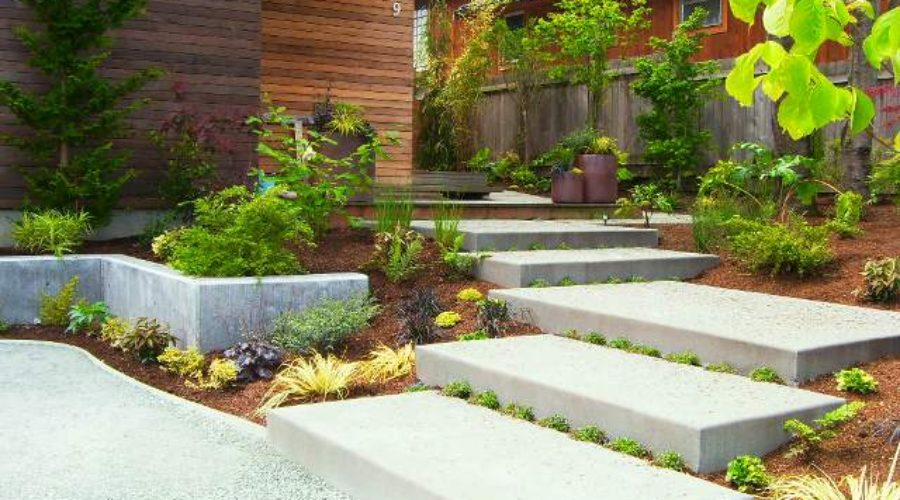Landscape contractors are responsible for creating and refurbishing your lawn. They provide services for both commercial and residential customers, as well as constructing patios and decks.
Having an attractive landscape in your property can improve your mood. Therefore many homeowners choose to hire contractors to help them conceptualize their landscape. Fortunately, there’s a variety of landscaping services that can help homeowners meet their landscape requirements. Landscape contractors can discuss everything about their client’s landscape areas. They will also take detailed measurements and check some environmental factors like climate, water, and slopes.
If you’re going to have a large landscape project, then you will need a landscape architect. This architect will create proposals and draw a detailed project design for you.
Here, you’ll learn how to create a thoughtful landscape plan. Additionally, this article will also teach you how to choose the best low-maintenance plants and ground-coverings.
How to Plan for Your Landscape Design?
Landscape design is the most crucial part of landscape planning. Your sample design will give your contractors an idea about your dream landscape. Unless you have unlimited resources, you should make sure that your plan is within your budget.
You may follow these steps for a more accessible guide.
Step 1. Create your outline.
You may begin your landscape design with a basic outline. Drafting your outline is usually the hardest. Therefore, go ahead and find inspiration! This outline will be an overview of your project area. If inspiration hasn’t found you yet, you may begin by drawing the boundaries of your project. Examples of limits are your fences, edge of your garden, and your yard end.
Step 2. Add your desired features
In this step, you may now create waterways, rocks, poles, and slopes. Make sure to draw the correct symbol and colors on this part. You may also note appropriate directions so you can quickly check how the sun will reach your landscape.
Step 3. Add more design elements.
In this step, you may now add trees, flowers, walkways, and stairs. You may also draw some lawn furniture and fixtures that you want to install.
Additional Tips in Landscaping
According to experts, 30% of a household’s water bill comes from outdoor use. Therefore, it is also essential to take water consumption to mind once your landscape is complete. You may want to plan out water-saving strategies.
In-ground sprinkler systems are the best equipment to keep your landscape plants healthy. If you don’t have any idea about the sprinkler system, you may ask your contractor or other landscaping services in town.
If your budget allows, invest in a rain harvesting system. These rain barrels can collect rainwater for your plants. By doing this, you can save much of your money from your water bill and preserve the environment at the same time. Do keep in mind that some of these rain harvesting systems require excavation and electrical hook-up.
Make sure to have suitable soil composition for your chosen plants. You might as well plan your planting zone based on shade patterns. According to experts, it is good to consider native plants because they are the most drought-resistant and low-maintenance, and these plants hardly ever need pesticides or fertilizers.
In conclusion, landscape designing is a slow-developing but enjoyable process. It is an incredible way to be confident about what your landscape will look like. Always remember that when it comes to landscaping, patience is the key as some projects may take longer to finish.















